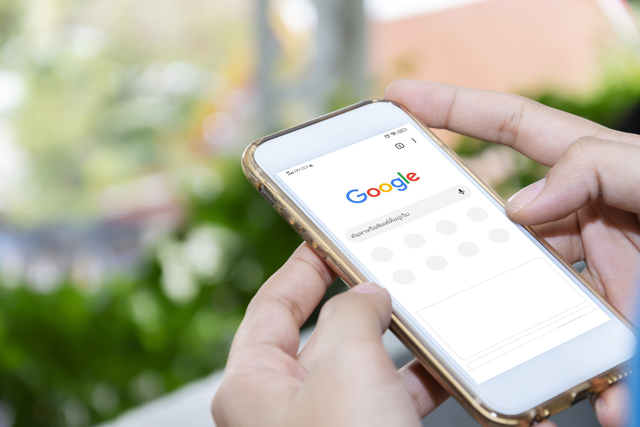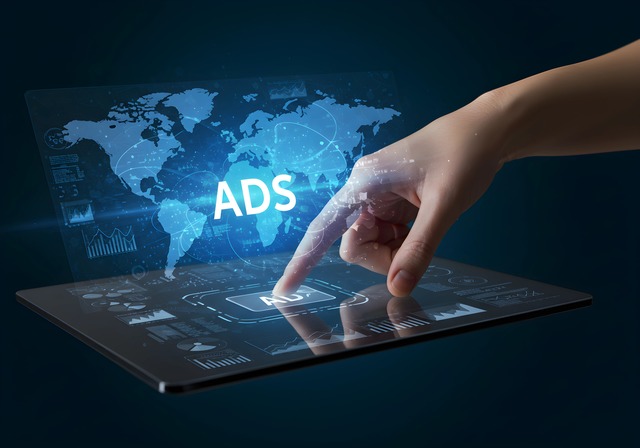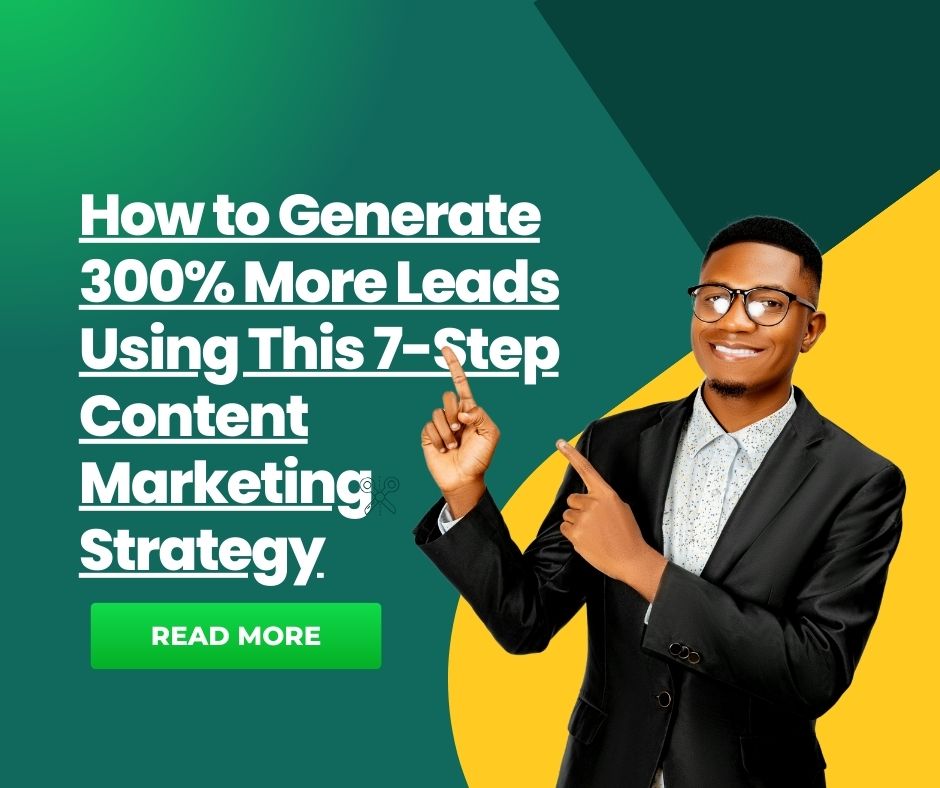Are you pouring thousands of dollars into social media marketing with little to show for it? You’re in good company. 73% of businesses struggle to measure social media ROI, and 63% of marketers say proving the value of their social media efforts is their biggest challenge.
But here’s the uncomfortable truth: if you can’t measure your social media ROI, you’re probably wasting money.
After analyzing $5+ million in social media ad spend and helping over 200 businesses transform their social media from cost centers into profit drivers, we’ve developed the ultimate ROI optimization blueprint that consistently delivers measurable results.
This isn’t another “post more often” guide. This is a systematic approach to turning your social media investments into predictable, profitable returns.
The Social Media ROI Crisis: Why Most Businesses Fail
Before we dive into solutions, let’s examine why social media ROI is such a widespread problem:
The Shocking Statistics:
- Only 23% of businesses can accurately calculate their social media ROI
- Average social media conversion rate across all industries is just 0.71%
- 87% of social media budgets are allocated without clear ROI targets
- Most businesses abandon social media campaigns within 6 months due to poor performance
The Root Causes:
- No clear objectives beyond “brand awareness”
- Inability to track conversions and sales
- Wrong platform selection for target audience
- Generic content that doesn’t drive action
- Lack of systematic testing and optimization
The businesses succeeding with social media aren’t just lucky—they’re following a completely different playbook.

What Social Media ROI Really Means
ROI (Return on Investment) in social media goes beyond likes and shares. True social media ROI measures the financial impact of your social media activities on your business bottom line.
The Social Media ROI Formula:
Social Media ROI = (Revenue Generated - Social Media Investment) / Social Media Investment × 100What to Include in Social Media Investment:
- Advertising spend on all platforms
- Content creation costs (internal team or freelancers)
- Social media management tools and software
- Influencer partnerships and collaborations
- Time investment (calculated at hourly rates)
Revenue Attribution Sources:
- Direct sales from social media traffic
- Lead generation and nurturing conversions
- Customer lifetime value increases
- Reduced customer acquisition costs
- Increased average order values
The 7-Step ROI Optimization Blueprint
Step 1: Set SMART ROI Goals and KPIs
The Problem: Most businesses set vague goals like “increase brand awareness” or “get more followers” without connecting them to revenue outcomes.
The Solution: Establish specific, measurable goals tied directly to business revenue.
SMART Social Media Goals Framework:
Revenue-Focused Objectives:
- Generate $X in sales from social media traffic within 90 days
- Acquire X qualified leads per month at $Y cost per lead
- Increase customer lifetime value by X% through social engagement
- Reduce customer acquisition cost by X% using social media
Key Performance Indicators (KPIs) to Track:
1. Revenue Metrics:
- Revenue attributed to social media
- Cost per acquisition (CPA)
- Customer lifetime value (CLV) from social channels
- Average order value from social traffic
2. Conversion Metrics:
- Conversion rate by platform
- Click-through rate to website
- Lead generation rate
- Email signup conversions
3. Engagement Quality Metrics:
- Comments-to-likes ratio
- Share-to-impression ratio
- Video completion rates
- Story completion rates
Goal Setting Template:
Platform: Facebook
Objective: Generate $50,000 in sales from Facebook ads in Q4
Investment: $10,000 ad spend + $3,000 management
Target ROI: 285% ($50,000 revenue - $13,000 investment)
KPIs: 2.5% conversion rate, $25 CPA, $200 average order valueStep 2: Choose the Right Platforms Based on ROI Potential
The Mistake: Being on every social platform instead of focusing on where your customers actually convert.
The Strategy: Analyze platform performance and audience behavior to allocate budget effectively.
Platform ROI Analysis Framework:
B2B Businesses – Platform Ranking:
- LinkedIn – Highest B2B conversion rates (2.74%)
- Facebook – Largest audience, good targeting options
- YouTube – High engagement, long-form content opportunities
- Twitter – Real-time engagement, thought leadership
- Instagram – Visual content, younger B2B audience
B2C Businesses – Platform Ranking:
- Facebook – Largest audience, advanced targeting (1.85% conversion rate)
- Instagram – High engagement rates, visual products
- TikTok – Younger demographics, viral potential
- Pinterest – High purchase intent (1.36% conversion rate)
- Snapchat – Gen Z and millennial focused
Platform Selection Criteria:
- Where does your target audience spend time?
- Which platforms generate the highest conversion rates?
- What content formats work best for your products/services?
- Where can you achieve the lowest cost per acquisition?
Resource Allocation Strategy:
- 80% of budget on your top 2 performing platforms
- 15% of budget on testing new platforms
- 5% of budget on maintaining presence on other channels

Step 3: Implement Comprehensive Conversion Tracking
The Problem: You can’t optimize what you can’t measure. Most businesses have broken or incomplete tracking systems.
The Solution: Set up robust tracking systems that connect social media activities to actual revenue.
Essential Tracking Setup:
1. UTM Parameter System: Create consistent UTM codes for all social media links:
utm_source=facebook
utm_medium=social
utm_campaign=fall_sale_2025
utm_content=video_ad_v1
utm_term=running_shoes2. Platform-Specific Tracking:
Facebook/Instagram Pixel:
- Install Facebook Pixel on all website pages
- Set up custom conversions for key actions
- Create audiences based on website behavior
- Track offline conversions for complete attribution
Google Analytics 4 Setup:
- Configure social media traffic sources
- Set up conversion goals for each platform
- Create custom reports for social ROI analysis
- Enable enhanced e-commerce tracking
LinkedIn Insight Tag:
- Install on all website pages
- Track form submissions and downloads
- Set up conversion tracking for lead generation
- Monitor account-based marketing performance
3. Customer Journey Mapping:
- Track multi-touch attribution
- Understand how social media fits in the customer journey
- Identify assist conversions vs. last-click conversions
- Calculate true social media contribution to sales
Advanced Tracking Techniques:
- Phone call tracking with unique numbers
- Coupon codes specific to social platforms
- Landing pages dedicated to social traffic
- CRM integration for lead scoring and nurturing
Step 4: Create High-Converting Content That Drives Action
The Mistake: Creating content for engagement rather than conversions. Pretty pictures don’t pay the bills.
The Solution: Develop a content strategy focused on moving prospects through your sales funnel.
The AIDA Content Framework for Social Media:
Attention (Hook):
- Strong visual elements that stop scrolling
- Compelling headlines with numbers or questions
- Contrarian statements or surprising facts
- User-generated content and testimonials
Interest (Problem/Solution):
- Address specific pain points your audience faces
- Share valuable insights and tips
- Behind-the-scenes content that builds trust
- Educational content that positions you as an expert
Desire (Benefits/Proof):
- Showcase transformation stories and case studies
- Highlight unique benefits and value propositions
- Share customer success stories and testimonials
- Demonstrate product benefits through video
Action (Clear CTA):
- Direct, action-oriented language
- Create urgency with limited-time offers
- Remove friction with easy next steps
- Multiple CTA options throughout content
High-Converting Content Types by Platform:
Facebook:
- Video testimonials and case studies
- Behind-the-scenes business content
- Educational carousel posts
- Live Q&A sessions and demonstrations
Instagram:
- Before/after transformation posts
- Story tutorials with swipe-up links
- User-generated content campaigns
- Product demonstration videos
LinkedIn:
- Industry insights and thought leadership
- Company culture and employee spotlights
- Professional development content
- B2B case studies and whitepapers
Content Calendar Strategy:
- 40% Educational – Tips, tutorials, industry insights
- 30% Promotional – Products, services, offers
- 20% Social Proof – Testimonials, reviews, case studies
- 10% Personal – Behind-the-scenes, company culture

Step 5: Optimize Ad Campaigns for Maximum ROI
The Problem: Running ads without systematic testing and optimization leads to wasted budget and poor performance.
The Solution: Implement a data-driven testing and optimization framework.
Campaign Optimization Framework:
1. Audience Testing Strategy: Start broad and narrow down based on performance:
- Lookalike Audiences based on best customers
- Interest-based targeting for cold audiences
- Retargeting audiences for warm prospects
- Custom audiences from email lists and website visitors
2. Creative Testing Protocol: Test one element at a time:
- Headlines – Test 3-5 variations
- Images/Videos – Test different visual styles
- Copy Length – Short vs. long-form content
- Call-to-Action – Different action words and urgency levels
3. Campaign Structure Best Practices:
- Separate campaigns by objective (awareness, conversions, retargeting)
- Use campaign budget optimization for automated allocation
- Create ad sets for different audience segments
- Test different placements and formats
4. Bidding and Budget Optimization:
- Start with automatic bidding to gather data
- Switch to manual bidding for profitable campaigns
- Use cost caps to control spending
- Allocate more budget to winning ad sets
Performance Benchmarks by Platform:
- Facebook: CTR > 1%, CPC < $2, CVR > 1%
- Instagram: CTR > 0.9%, CPC < $3, CVR > 0.8%
- LinkedIn: CTR > 0.4%, CPC < $8, CVR > 2%
- Twitter: CTR > 0.5%, CPC < $2, CVR > 0.5%
Step 6: Build Effective Sales Funnels for Social Traffic
The Problem: Sending social media traffic directly to your homepage or product pages without a strategic funnel.
The Solution: Create dedicated funnels that nurture social media prospects into paying customers.
Social Media Funnel Architecture:
Stage 1: Awareness (Top of Funnel)
- Educational content and blog posts
- Free resources and lead magnets
- Video tutorials and how-to guides
- Industry reports and whitepapers
Stage 2: Interest (Middle of Funnel)
- Email nurture sequences
- Webinars and online workshops
- Case studies and success stories
- Product demonstrations and trials
Stage 3: Decision (Bottom of Funnel)
- Limited-time offers and promotions
- Free consultations and audits
- Customer testimonials and reviews
- Risk-reversal guarantees
Funnel Optimization Tactics:
Landing Page Best Practices:
- Match landing page messaging to ad content
- Remove navigation distractions
- Include social proof and testimonials
- Use clear, benefit-focused headlines
- Mobile-optimize all pages
Email Nurture Sequences:
- Welcome series for new subscribers
- Educational content series
- Social proof and case study emails
- Promotional sequences with urgency
- Win-back campaigns for inactive subscribers
Retargeting Strategy:
- Pixel website visitors for remarketing
- Create custom audiences based on engagement
- Show different ads based on funnel stage
- Use dynamic product ads for e-commerce
Step 7: Measure, Analyze, and Scale What Works
The Problem: Not regularly analyzing performance data or scaling successful campaigns systematically.
The Solution: Implement weekly reporting and monthly optimization cycles.
ROI Analysis Framework:
Weekly Performance Review:
- Revenue generated by platform and campaign
- Cost per acquisition trends
- Conversion rate changes
- Top-performing content and ads
Monthly Deep Dive Analysis:
- Customer lifetime value by social channel
- Attribution modeling analysis
- Audience insights and behavioral patterns
- Competitive analysis and benchmarking
Quarterly Strategy Review:
- Overall social media ROI calculation
- Budget reallocation based on performance
- Platform strategy adjustments
- Annual goal progress assessment
Scaling Successful Campaigns:
Horizontal Scaling:
- Increase budgets on winning campaigns
- Expand to similar audience segments
- Test successful creatives on new platforms
- Duplicate winning ad sets with broader targeting
Vertical Scaling:
- Create variations of successful ads
- Test different creative formats
- Expand to related product categories
- Develop longer-form content series
Advanced ROI Optimization Tactics
Customer Lifetime Value Optimization
- Track CLV by acquisition channel
- Optimize for long-term customer value, not just immediate sales
- Create retention campaigns for social media customers
- Calculate true ROI including repeat purchases
Attribution Modeling
- Implement multi-touch attribution tracking
- Understand the role of social media in the customer journey
- Give appropriate credit to assist conversions
- Adjust campaign optimization based on attribution data
Predictive Analytics
- Use historical data to predict campaign performance
- Implement automated bidding based on ROI goals
- Create predictive audience models
- Forecast budget needs for seasonal campaigns
Real ROI Transformation Case Study
FitnessPro Equipment was spending $15,000/month on social media with minimal returns. Here’s how they transformed their ROI:
Before Optimization:
- Monthly ad spend: $15,000
- Revenue attributed: $8,000
- ROI: -47%
- Cost per acquisition: $180
- Lifetime value: $220
After Implementing Our Blueprint:
- Monthly ad spend: $15,000 (same budget)
- Revenue attributed: $67,000
- ROI: +347%
- Cost per acquisition: $45
- Lifetime value: $520
Key Changes Made:
- Focused on 2 platforms instead of 6 (Facebook and Instagram)
- Implemented proper tracking with Facebook Pixel and UTM codes
- Created targeted funnels for different customer segments
- Optimized for CLV instead of just immediate sales
- Systematic A/B testing of all campaign elements
Results in 6 Months:
- 738% increase in revenue from social media
- 75% reduction in cost per acquisition
- 136% increase in customer lifetime value
- 347% overall ROI improvement
Your Social Media ROI Action Plan
Ready to transform your social media from expense to investment? Follow this 90-day implementation plan:
Days 1-30: Foundation Setup
- Audit current social media ROI and performance
- Set SMART goals tied to revenue outcomes
- Implement comprehensive tracking systems
- Choose 2-3 primary platforms based on audience data
Days 31-60: Content and Campaign Optimization
- Develop high-converting content calendar
- Launch systematic A/B testing program
- Build dedicated landing pages and funnels
- Set up email nurture sequences
Days 61-90: Scale and Optimize
- Analyze performance data and optimize
- Scale winning campaigns and audiences
- Expand to additional platforms if profitable
- Plan next quarter’s strategy and budget allocation
Stop Throwing Money Away on Social Media
Social media marketing doesn’t have to be a black hole for your marketing budget. With the right strategy, tracking, and optimization, it can become your most profitable marketing channel.
The difference between businesses that succeed with social media and those that fail isn’t budget size—it’s having a systematic approach to ROI optimization.
Every dollar you spend on social media should be trackable, measurable, and profitable. If it’s not, you’re doing social media wrong.
Ready to turn your social media into a profit center? Our team at Vtechify has used this exact blueprint to help businesses generate over $25 million in trackable social media revenue.
We’re offering a free Social Media ROI audit where we’ll analyze your current performance and show you exactly where you’re leaving money on the table. No generic advice—specific, actionable recommendations you can implement immediately.
Get your free ROI audit today and discover how to stop wasting money and start making money with social media.
About the Author: The Vtechify team has managed millions in social media ad spend and specializes in turning social media marketing from cost centers into profit drivers for businesses across all industries.
Ready to optimize your social media ROI? Download our free “Social Media ROI Calculator” and start measuring what matters today.

